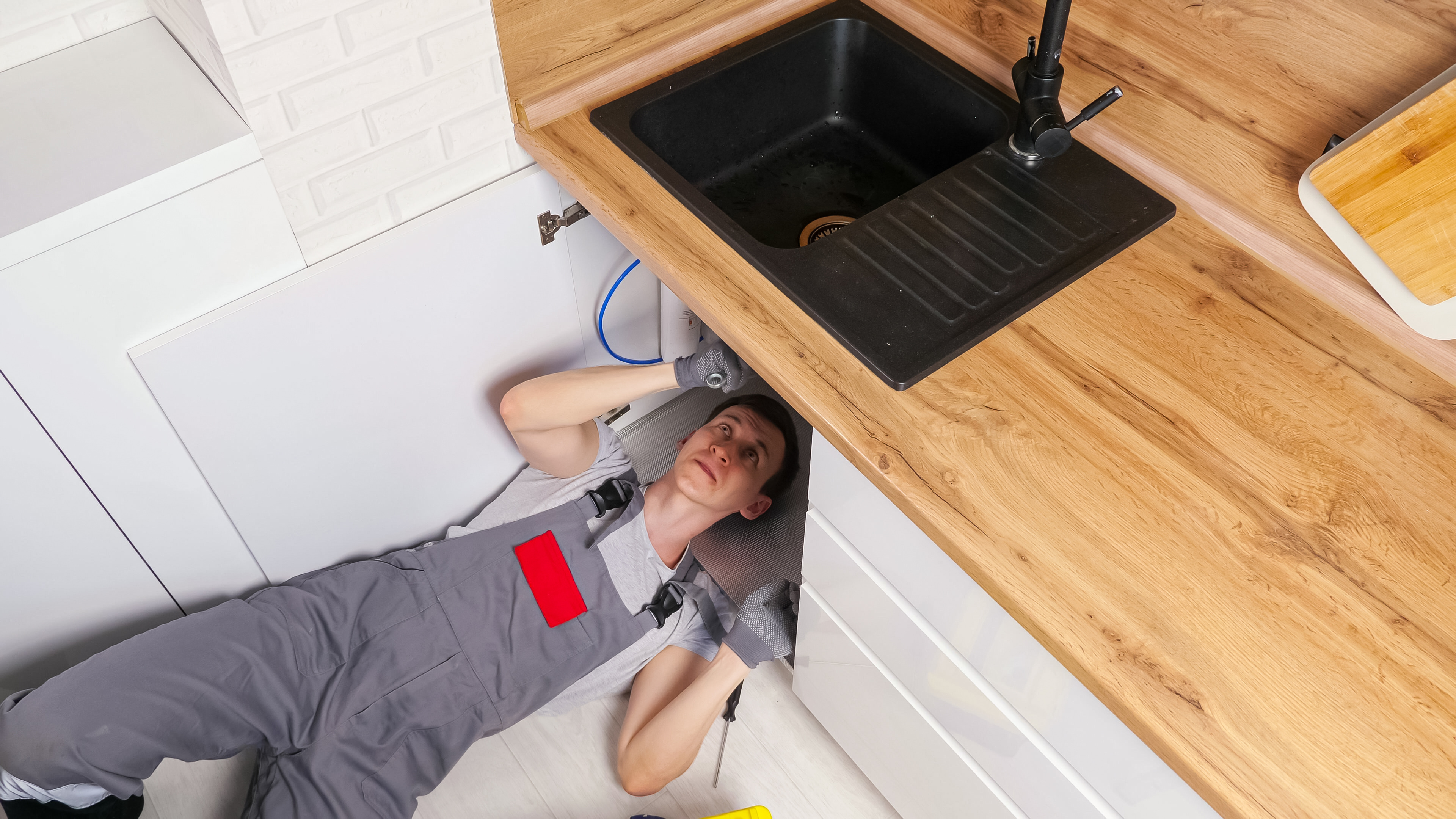
A siphon placed under the sink is essential for the proper drainage of water from the sink basin. On the market, there are several types of siphons differing in size or construction, but the installation method is quite similar for all.
Installing it yourself should not cause significant problems for anyone. Instructions on how to properly connect the siphon can probably be found on its packaging – they are also available online in the form of short instructional videos.
What is a siphon needed for?
Some people sometimes wonder about the necessity of installing a siphon. After all, the sink drain can be connected to the sewage system with a simple connecting pipe. It turns out, however, that it’s not that simple, and the presence of a siphon in devices like sinks or washbasins is indispensable.
The siphon connects to the drain located at the bottom of the sink basin and to the overflow hole, thus effectively getting rid of water after washing and protecting the room from flooding.
However, its function is not only to drain water. Thanks to its construction, siphons are always partially filled with water, which effectively blocks unpleasant odours from the sewage system. In the case of a connection using simple pipes, which would be empty after draining water from the sink, all unpleasant smells from the sewage system would enter your home.
What is included in a siphon installation kit?
A siphon is not a particularly complicated device, but it’s worth getting to know its individual components, which will make its installation easier. Here is a list of siphon elements included in a standard kit:
- water-draining pipe with an elbow;
- body, or lower drain cup with a strainer and plug;
- upper overflow strainer with pipe;
- set of nuts and gaskets;
- screw and washer (for adjusting the automatic siphon strainer);
- a regular or automatic plug.
The following tools are useful for siphon installation:
- wrench;
- screwdriver;
- socket wrench;
- teflon tape;
- bowl - place it under the siphon before unscrewing the water;
- plastic cutting saw – useful if pipes need to be shortened;
- sandpaper for smoothing cut parts.
Experienced DIY enthusiasts will find that installing a siphon takes very little time. However, if you’re doing this for the first time, follow the instructions below.
Siphon installation – get started
If you plan to install the siphon yourself, first check if you have all the necessary elements: piping, nuts, gaskets, and tools. Next, if you are replacing an old siphon with a new one, unscrew the fitting located at the bottom of the sink and the one at the end of the siphon - disconnect it from the rest of the installation. It is worth placing a container, dish, or bowl under the water because it is present in both the drain pipe and the elbow.
If you are only setting up the entire sewage system, check the sink to make sure it is securely installed and that all necessary installation elements are at hand. Now you can measure whether the pipes connecting the sink to the drain are the right length, whether the overflow drain can be connected without obstacles, and above all, whether the entire siphon fits comfortably under the sink.
How to install a siphon to a sink – step by step
When everything is ready, you can proceed to install the siphon to the sink. Before you start, empty the sink basin, remove dishes, and drain the water from it.
- Installing the strainer - place the steel strainer in the drain of the sink, fastening it with a nut.
- Sealing the drain - place a gasket under the steel strainer and apply teflon tape on the sink drain thread.
- Attach the drain cup to the sink hole, tightly screw it with an eccentric screwdriver, and seal the connection with teflon tape.
- Siphon installation - place the siphon body under the sink and connect it to the sewage pipe, ensuring it is as close to the wall as possible, giving you ample space in the cabinet under the sink.
- Optionally – connect the dishwasher hose - if you have a dishwasher, connect the dishwasher hose to the appropriate nozzle on the siphon leading to the drain hole.
- If you haven’t already, connect the mixer hoses to hot and cold water.
- Checking for leaks:
- close the strainer with a knob; in the case of a manual siphon, you can do this by pressing the strainer,
- fill the entire basin with water,
- then open the strainer and let the water flow into the drain, this way you will check the entire installation for leaks.
Check whether all connections are leak-free when water flows through. Tighten the nuts as needed or use additional teflon tape.
If you have an automatic siphon, after completing the first step, you must:
- Place the plug in the hole.
- Then attach the automatic release cable from the bottom of the sink – check if the screw in the plug of the strainer is set so that by turning the knob you can freely open and close the drain hole.
- Now connect the upper overflow pipe with the lower drain.
If the pipes are too long, cutting them will be necessary. You will then need to cut them to the appropriate length - be careful not to shorten the pipes too much so that they can be conveniently fitted. During installation, particular attention should be paid to ensuring that the gaskets are mounted in the right places. This prevents water from seeping outside the system.
As you can see, the entire "operation" is quite simple and will not cause problems, even if you are installing a sink siphon for the first time.


















